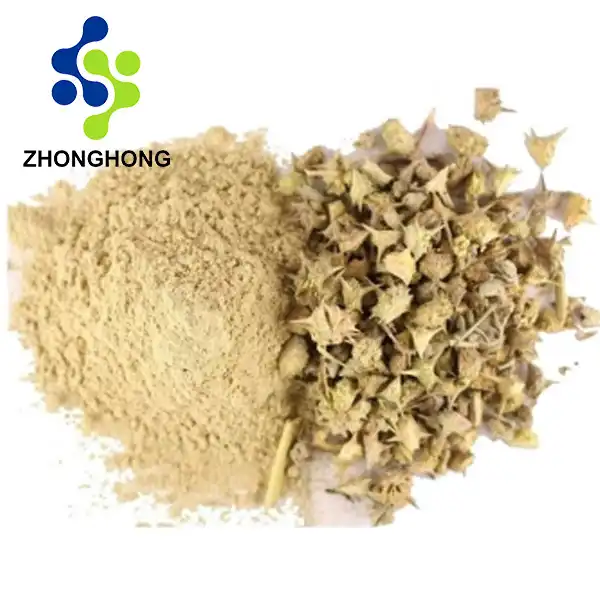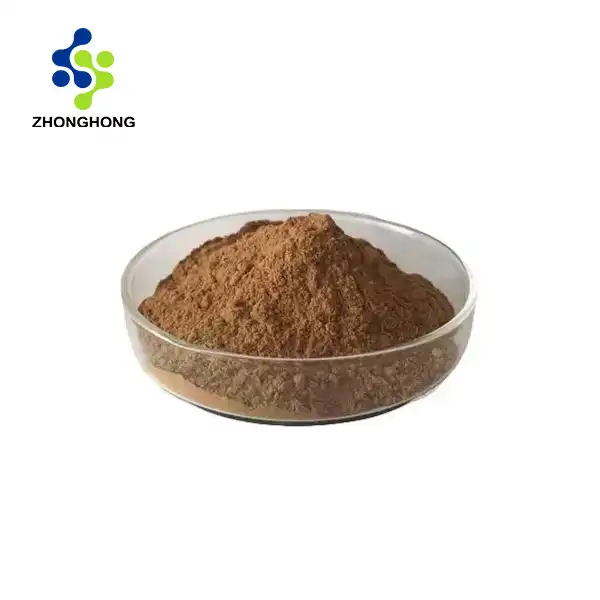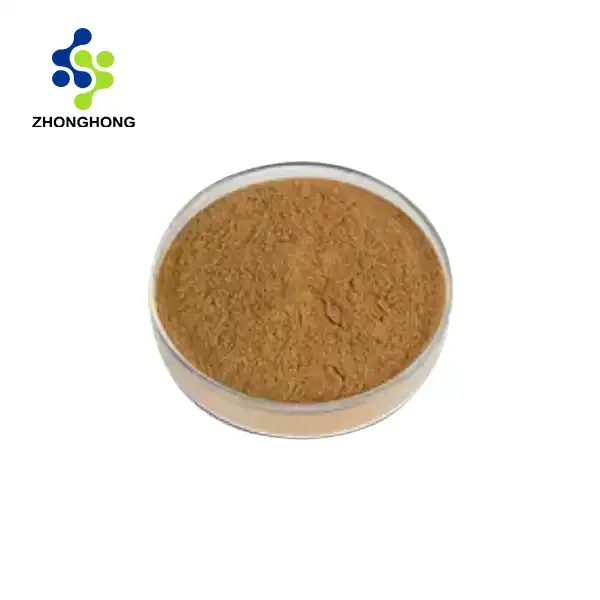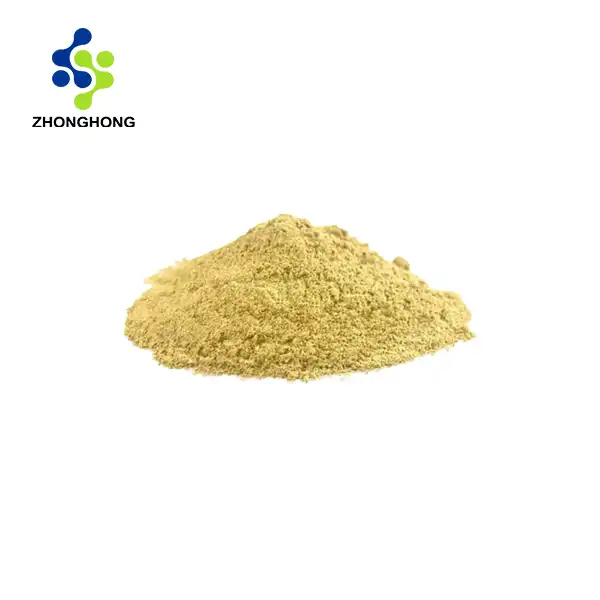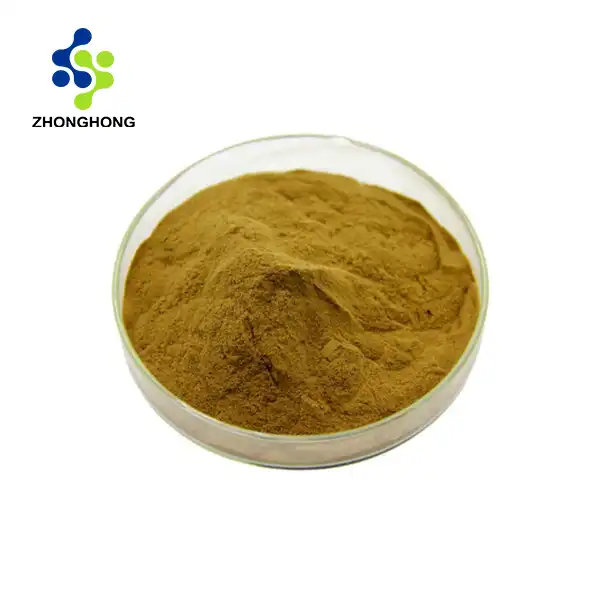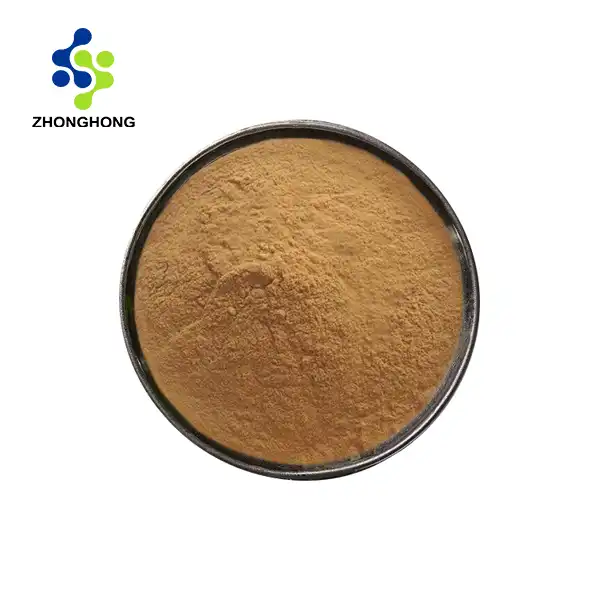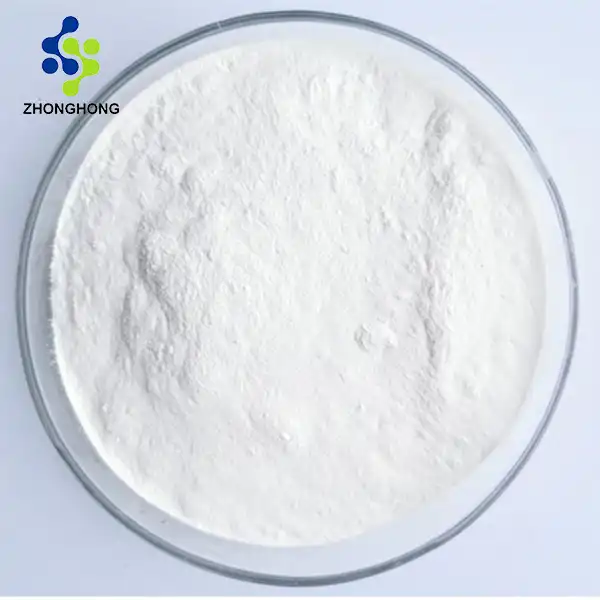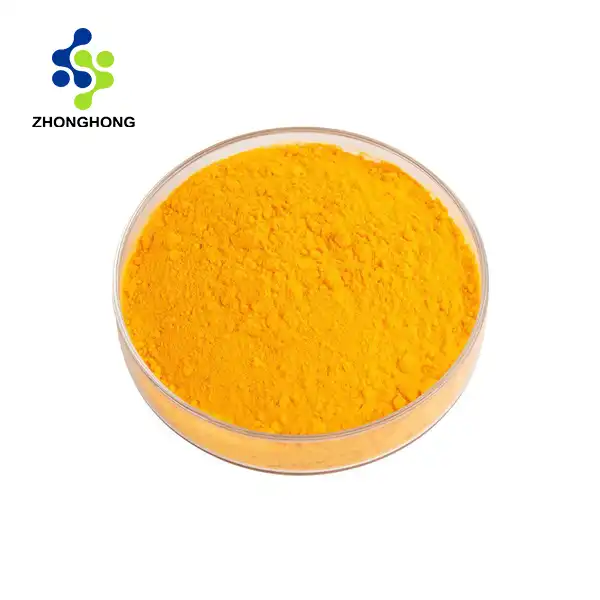Understanding Kojic Acid Powder and Its Properties
Chemical Composition and Structure
Kojic acid is a naturally occurring compound primarily derived from fungi, especially *Aspergillus oryzae*, and certain fermented foods like soy sauce. Its chemical formula is C6H6O4, and it has a distinctive molecular structure, featuring a benzene ring with a ketone group and two hydroxyl groups. This structure is key to its skin-lightening properties, as kojic acid inhibits the activity of tyrosinase, an enzyme involved in melanin production. By reducing melanin synthesis, kojic acid can lighten skin and address pigmentation issues such as dark spots, freckles, and melasma, making it a popular ingredient in various skincare products.
Mechanism of Action in Skincare
Kojic acid's primary mode of action in skincare products is its remarkable capacity to oppose tyrosinase, an enzyme involved in the synthetic production of melanin. By disrupting this process, kojic acid effectively prevents the formation of dark spots and encourages a more even skin tone. More importantly, the antioxidant specifications of kojic acid may shield the skin from damage carried out by free radicals and enhance general health.
Stability and Storage Considerations
Kojic acid powder remains relatively stable in its dry form, but once dissolved in a liquid, it becomes more vulnerable to environmental factors like light, heat, and oxidation, which can reduce its effectiveness. To preserve its potency, it is essential to store kojic acid powder in a cool, dry environment, away from direct sunlight. When diluted into a solution, it should be kept in dark, airtight containers to prevent exposure to air and light, which can cause degradation. Additionally, the stability of kojic acid is highly pH-dependent, with the optimal pH range for maintaining its effectiveness typically between 4 and 5. This ensures the compound remains active and effective for skin-lightening purposes.
Dilution Techniques and Best Practices
Choosing the Right Solvent
Selecting an appropriate solvent is crucial for effectively diluting kojic acid powder. While distilled water is commonly used, other solvents such as propylene glycol or a combination of water and glycerin can enhance solubility and stability. The choice of solvent can impact the final product's texture, absorption, and overall efficacy. It's essential to consider the intended application and desired product characteristics when selecting a solvent.
Calculating Proper Concentrations
Accurate concentration calculation is vital for achieving the desired effects while ensuring safety. Typical concentrations for kojic acid in skincare products range from 1% to 4%. To calculate the amount of kojic acid powder needed, use the formula: Weight of kojic acid = (Desired concentration % × Total product weight) / 100. For example, to create a 2% kojic acid solution in 100g of product, you would need 2g of kojic acid powder.
Step-by-Step Dilution Process
Begin the dilution process by gathering all necessary equipment, including a precision scale, mixing containers, and protective gear. Measure the required amount of kojic acid powder and the chosen solvent. Gradually add the powder to the solvent while stirring gently to avoid clumping. Continue mixing until the powder is completely dissolved. If necessary, use a homogenizer or ultrasonic bath to ensure thorough dispersion. Once fully dissolved, adjust the pH if needed and add any additional ingredients such as preservatives or stabilizers.
Safety Precautions and Quality Control
Personal Protective Equipment
When handling kojic acid powder, it's crucial to prioritize safety. Always wear appropriate personal protective equipment (PPE), including gloves, goggles, and a dust mask or respirator. This protective gear helps prevent skin contact, inhalation of powder particles, and potential eye irritation. Ensure that the work area is well-ventilated to minimize exposure to any airborne particles during the dilution process.
pH Adjustment and Stability Testing
Maintaining the correct pH is essential for both the stability and effectiveness of kojic acid solutions. Use a calibrated pH meter to check the solution's pH and adjust it to the optimal range of 4-5 using appropriate pH adjusters such as citric acid or sodium hydroxide. After pH adjustment, conduct stability testing by storing samples under various conditions (e.g., different temperatures, light exposure) to ensure the product remains stable over time.
Quality Assurance Measures
Implement rigorous quality control measures throughout the dilution process. This includes using high-quality, pharmaceutical-grade kojic acid powder and solvents, maintaining clean and sterile working conditions, and regularly calibrating all measuring equipment. Perform batch testing to ensure consistency in concentration, pH, and stability across different production runs. Document all procedures and results meticulously to maintain traceability and comply with regulatory standards.
Conclusion
Diluting kojic acid powder requires precision, care, and adherence to best practices. By understanding its properties, following proper dilution techniques, and implementing stringent safety measures, you can effectively harness the benefits of kojic acid for various applications. Remember that proper dilution is key to maximizing efficacy while ensuring product safety and stability. If you want to get more information about kojic acid powder, you can contact us at liaodaohai@gmail.com.
_1728976869676.webp)
